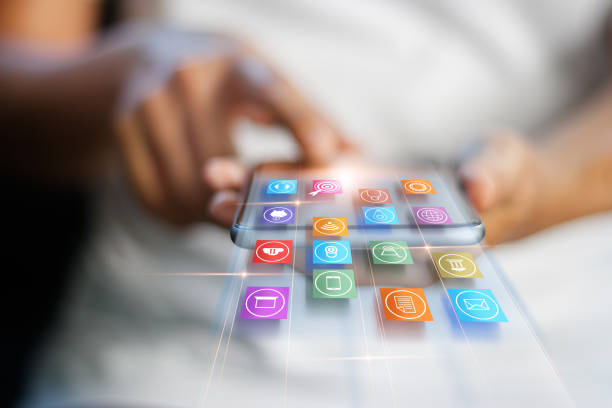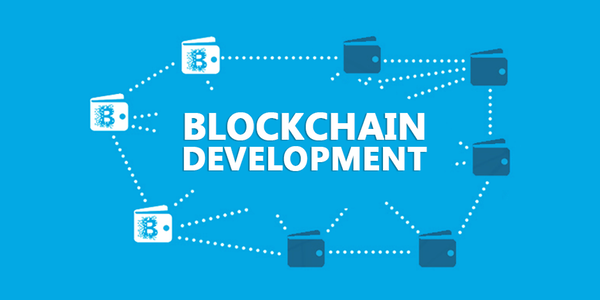In the current technological landscape, customers simply expect to find digital check-in tools at the businesses they visit — from the doctor’s office to the bank.
If you’re looking for a way to make your visitor management process more efficient and incorporate the tech tools that your patrons expect, consider including an iPad (or any other type of tablet) into your standard operating procedure (SOP).
How can businesses do this and get it right the first time? In this guide, we’re breaking down upgrading your visitor management process with an iPad in detail to help you navigate implementation and transition.
What Is Visitor Management?
Before we dive in, let’s answer a fundamental question: What is visitor management?
Visitor management is any process your business uses to greet, order, and help people who drop by your office — anyone from current customers to product representatives.
Your visitor management policy (if you have one) might already include procedures for the following:
- Greeting visitors (perhaps with a script)
- Handing visitors forms or check-in paperwork
- Accepting payments
- Directing visitors to designated waiting areas
But you can also incorporate tech tools — like tablets — to streamline this process, free up administrative time, and meet customers’ needs. You can mount a tablet to create a kiosk or integrate a tablet into your visitor management procedure somewhat quickly, and doing so might even help you reach other business goals (like shorter visitor wait times and reduced overhead costs).
How to Integrate an iPad into Your Visitor Management System
What is the process for integrating an iPad into your visitor management system? Let’s break down the procedure step by step.
#1 Explore Software Options
Before you decide to add a tablet, consider what kind of software tools you’re going to use to:
- Collect visitor information
- Direct customers to waiting areas
- Store visitors’ information in a database (if applicable)
Generally speaking, you have two choices:
- Using existing software – Plenty of visitor management software already exists on the market — if one of these tools closely meets your needs, you might not need to complicate matters further.
- Create your own app – If you can’t find an existing product aligned with your needs, consider creating your own app. Building a proprietary platform can be a significant investment, but you’ll have optimal personalization power.
#2 Write an SOP
Once you’ve chosen software, the management team needs to:
- Get familiar with how the software works from both employee- and visitor-facing perspectives
- Write a standard operating procedure (SOP) that incorporates the software (and the hardware, like an iPad) into the visitor management process
The SOP will be your North Star for employee training, quality control, and feedback tracking. Establishing clear-cut standards as early in the process as possible makes it easier for employees to meet your expectations and troubleshoot with other staff and visitors. Creating a robust SOP ahead of any major tech integration can help you introduce tech to employees more easily.
#3 Train Staff to Use the iPad
Speaking of training, this is the next step in the process. Once the management team is familiar enough with the software to write an SOP, they must communicate that knowledge (and the standards) to visitor-facing employees.
There are a few key things to remember about staff training:
- You can tweak your approach with time – Remember that neither your SOP nor your training process needs to remain constant forever. You can change your approach as needed to improve efficiency and visitor outcomes.
- Everyone in the office should be trained – While you might be tempted only to train your reception staff in visitor management, everyone in the office who could potentially interface with a visitor should understand the process enough to follow the SOP.
#4 Incorporate the iPad into Your Visitor Flow
Once you’ve chosen a software (or create one), written an SOP, and trained employees on the new system, it’s time to incorporate your new tech into the visitor flow. That might entail:
- Choosing how visitors will use the hardware – Are you planning on mounting the iPad? Will you hand an iPad to each visitor and direct them to sit in the waiting room? In the latter case, will you need multiple tablets?
- Finding a physical place for the tablet – Where will you keep the tablets when they’re not in use? Is there an accessible outlet in the visitor area where the iPad can charge between visitors?
Conquer any remaining logistics, and prepare to introduce your new tech to customers.
#5 Update the System and SOP As Needed
After launching your new visitor management system, you should update the process to meet your performance goals. That could look like this:
- Changing your SOP to more accurately reflect the interactions staff have with visitors — interactions you may not be able to predict or analyze until after the launch adequately
- Tweaking any proprietary software (or changing settings in pre-built platforms) to more adequately address your needs
- Adding more iPads to your ecosystem (or updating the tech as new models are released)
Remember that your visitor management process can be unique to your business or branch location. And you can change it as needed to meet your changing needs.
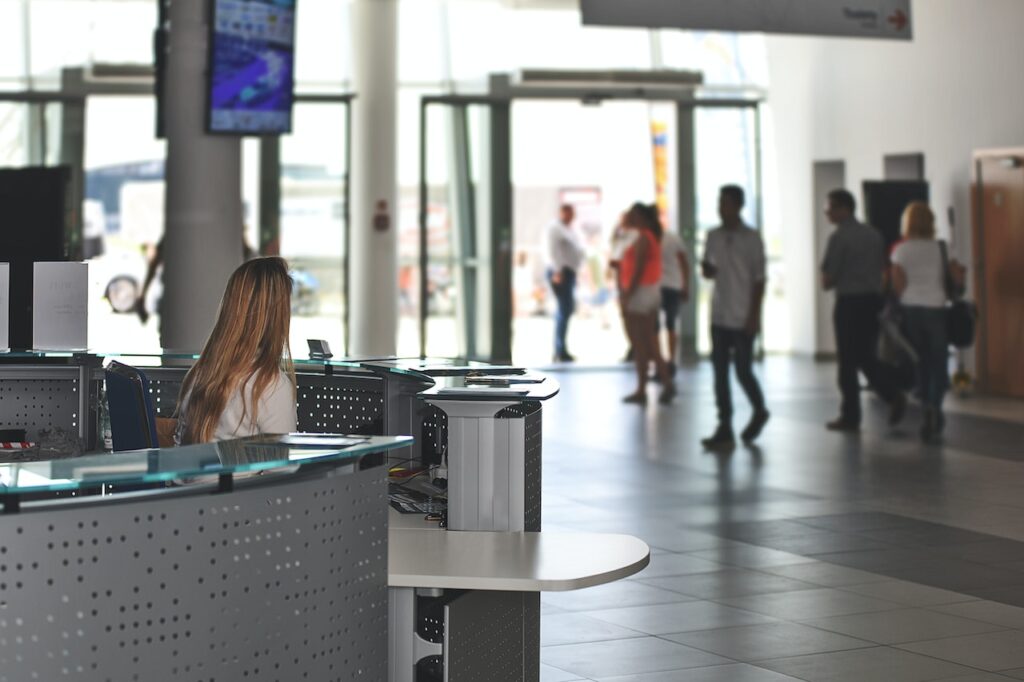
Creating a More Digital-Friendly Process for Visitors
Adding an iPad to your visitor management ecosystem can unlock additional efficiency, create a more seamless experience for visitors, and usher your system into the current technological age. The process above can help you incorporate your new tech tools and start producing results with limited setbacks, producing positive results for visitors without a hitch.

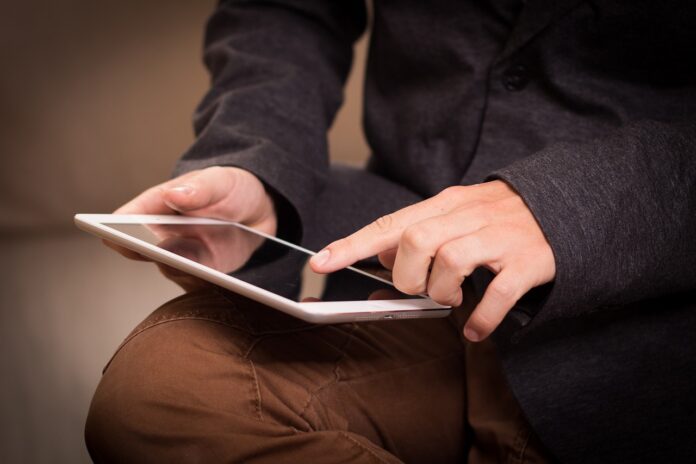



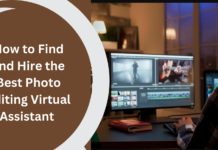



![How to Fix [pii_pn_7cb487117f21abdb] Error Code? [pii_pn_7cb487117f21abdb]](https://www.techwebtopic.com/wp-content/uploads/2022/02/istockphoto-898443430-612x612-2.jpg)

